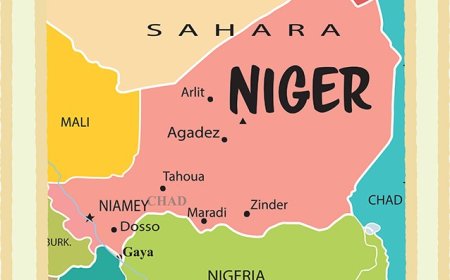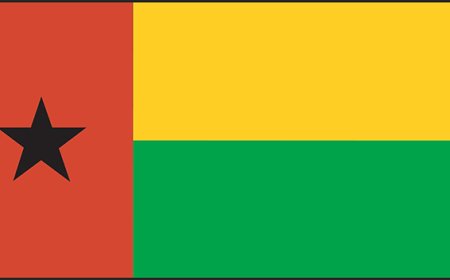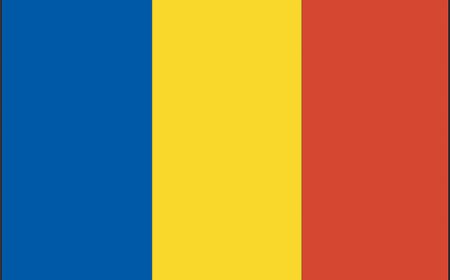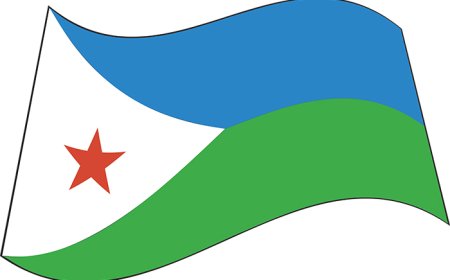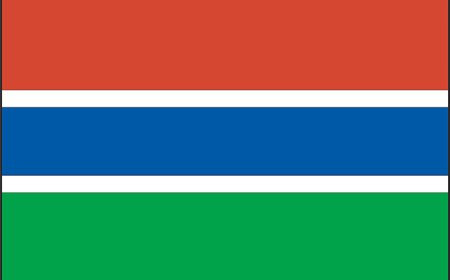Togo for Students: Geography, Culture, and History of a West African Nation
Explore the geography, culture, and people of Togo in this educational article for students. Includes vocabulary, 8-question quiz, and national standards.
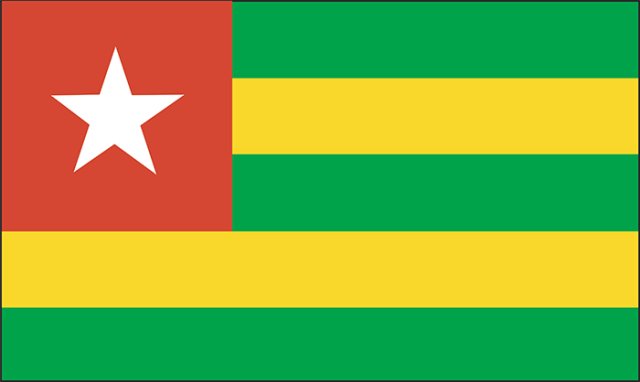
🌍 Introduction: A Narrow Nation Full of Diversity
Togo may be one of the smallest countries in West Africa, but it’s filled with cultural richness, scenic beauty, and historical depth. It stretches from the Gulf of Guinea in the south to the edge of the Sahel in the north, covering only about 50 kilometers (31 miles) across at its narrowest point. Despite its size, Togo has diverse landscapes and over 40 ethnic groups, each with its own language, traditions, and stories. From colorful markets to drumming festivals and traditional villages, Togo is a country where the past and present blend in meaningful ways.
🗺️ Geography and Environment
Togo covers approximately 57,000 square kilometers (22,000 square miles), bordered by Ghana to the west, Benin to the east, Burkina Faso to the north, and the Atlantic Ocean to the south. Its long, thin shape stretches from the tropical coast to dry savannas.
The southern region is lush and tropical, with forests, fertile soil, and lagoons near the capital. In the central highlands, hills and plateaus give way to rivers and valleys. The north is drier and flatter, with savannas and grasslands suited for herding and agriculture.
Togo’s climate includes a rainy season (typically March–June and again in September–October in the south), and a dry season dominated by the harmattan—a dry, dusty wind from the Sahara. Rivers such as the Mono River and Oti River support irrigation and farming in rural areas.
🏛️ Government, Language, and Population
Togo is a presidential republic, but its political system has faced criticism for limited democracy and long periods of one-party rule. In recent years, there have been efforts toward more inclusive governance.
The capital city is Lomé, a lively port city on the coast. It is the country’s economic and cultural center, with markets, universities, and embassies. Lomé is also famous for its beach, music scene, and handicraft stalls.
Togo has a population of about 8.5 million people. The largest ethnic group is the Ewe, found mostly in the south. Other groups include the Kabye, Tem, Gurma, and Ana, each with their own languages and customs.
The official language is French, a reminder of Togo’s colonial past under French rule. Many people also speak Ewe, Kabiyé, and other native languages in everyday life.
Most people in Togo follow traditional African religions, Christianity, or Islam, with many blending beliefs from more than one faith. Religious harmony is common, and local traditions play a big role in ceremonies and festivals.
🎭 Culture and Daily Life
Togolese culture is rich in music, dance, storytelling, and crafts. Traditional ceremonies often feature talking drums, flutes, and dancing. Drumming groups perform during village festivals and major events, passing on rhythms and chants from one generation to the next.
Markets are central to daily life. The Grand Marché in Lomé is a bustling center of trade where people sell textiles, food, beads, handmade tools, and local art. Food in Togo is often made with maize, millet, cassava, and yams. A common dish is fufu (a soft dough made from pounded yams or cassava), usually eaten with a spicy sauce made from peanuts, okra, or palm oil.
Children in Togo help with farming, chores, and selling in markets. School attendance has improved in recent years, but not all children complete primary education, especially in rural areas. Families often live in multi-generational homes and work together to support the household.
Togo also has a strong tradition of weaving, pottery, and wood carving, often used in religious and social ceremonies.
📜 History: Kingdoms, Colonization, and Independence
Before colonization, the area that is now Togo was home to several powerful kingdoms and ethnic communities, including the Ewe and Kabye peoples, who developed sophisticated trade and social systems.
In the late 1800s, Togo became a German colony, and after World War I, it was divided between the French and British. The French controlled the majority of the territory, which became French Togoland.
Togo gained independence in 1960, becoming one of the first countries in Africa to do so. Its first president, Sylvanus Olympio, was later overthrown, and Togo experienced several decades of military rule. In the 2000s, the country began a slow return to civilian leadership, but political freedom and press rights remain a concern for many.
Despite political struggles, Togolese people continue to celebrate their identity and build communities centered on tradition, cooperation, and resilience.
💰 Economy and Resources
Togo’s economy is mainly based on:
Agriculture, with crops like cotton, cocoa, coffee, and cassava
Mining, especially phosphate, a key material for making fertilizer
Trade and shipping, particularly through the Port of Lomé
Many people in rural areas are subsistence farmers, growing food for their families and selling small amounts in markets. Livestock herding and fishing are also common.
Togo faces challenges like unemployment, poverty, and limited access to healthcare and education, but it is working with global partners to improve infrastructure, power access, and school attendance—especially for girls and children in remote areas.
🌿 Wildlife and Natural Beauty
Togo may be small, but it is home to varied ecosystems. In the south, mangroves and coastal lagoons shelter fish, water birds, and unique plants. Inland, dry forests and savannas host species like monkeys, antelope, warthogs, and rare reptiles.
Protected areas like Fazao-Malfakassa National Park preserve the country’s biodiversity and offer hiking, birdwatching, and conservation research opportunities. Togo’s scenic highlands and waterfalls, such as the Cascade de Womé, are visited by both tourists and local travelers.
📚 Vocabulary List
Word Definition
Harmattan A dry, dusty wind from the Sahara Desert
Fufu A soft dough made from pounded yams or cassava
Phosphate A mineral used in fertilizers
Lomé Capital city of Togo
Subsistence farmer A person who grows food mainly for their own family
Grand Marché A large market in Lomé known for local trade
French Togoland The name of Togo when it was a French colony
Ewe One of Togo’s largest ethnic groups
🧒 Kid-Friendly Summary
Togo is a narrow country in West Africa with forests, rivers, beaches, and hills. People speak French and local languages like Ewe and Kabye. Families often live together and grow their own food. The capital city, Lomé, is full of markets and music. Togo has many traditions, including drumming and dancing at festivals. Even though it’s small, it has big history and a proud culture.
🎯 Interactive Quiz: What Do You Know About Togo?
1. What is the capital city of Togo?
a) Accra
b) Lomé
c) Cotonou
d) Ouagadougou
2. What is fufu made from?
a) Tomatoes and beans
b) Bread and meat
c) Yams or cassava
d) Rice and chicken
3. What is the Grand Marché?
a) A football team
b) A historic mountain
c) A large market in Lomé
d) A beach resort
4. What language is officially used in Togo?
a) Portuguese
b) English
c) French
d) Arabic
5. What is phosphate used for?
a) Making cloth
b) Cleaning water
c) Making fertilizer
d) Building roads
6. What is the harmattan?
a) A dance style
b) A dry, dusty wind
c) A local festival
d) A river in Togo
7. When did Togo gain independence?
a) 1945
b) 1960
c) 1975
d) 1981
8. Which ethnic group is the largest in Togo?
a) Yoruba
b) Ewe
c) Tuareg
d) Fulani


















































